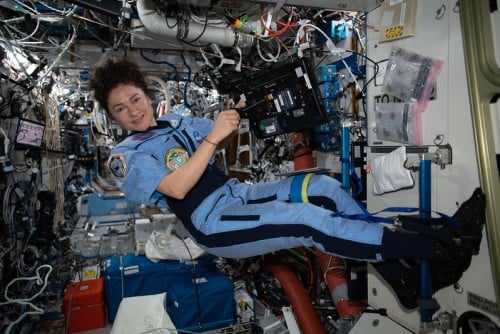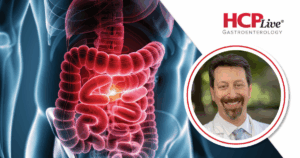
Research indicates that astronauts’ arteries maintain their structure and function for up to five years following long-duration missions aboard the International Space Station (ISS). A study published in the Journal of Applied Physiology on July 24, 2025, reveals promising findings about the cardiovascular health of astronauts, suggesting resilience to the stresses of spaceflight.
The investigation involved 13 NASA astronaut volunteers, who were studied before their missions, during their time in space, and at various points after their return to Earth. Each astronaut was between their late 30s and late 50s at the start of their ISS missions, where they spent anywhere from four months to nearly a year in microgravity.
Researchers focused on ultrasound images of the astronauts’ carotid and brachial arteries, which are critical in assessing cardiovascular health. The team conducted evaluations before launch, one week post-return, and up to three times over five years after their missions.
Among the key findings, the study revealed that higher levels of inflammation and oxidative stress observed in blood and urine samples during spaceflight returned to normal within one week of landing. Notably, no significant increase in carotid artery thickening or stiffness was detected, both of which are indicators of potential cardiovascular disease. Moreover, the brachial artery, a marker for cardiovascular health, exhibited stable vasodilation over time.
Although total cholesterol and glucose levels rose moderately over the seven-year observation period, hemoglobin A1C levels remained stable. This suggests that the astronauts did not face elevated risks for heart disease or diabetes as a consequence of their time in space.
Utilizing a risk estimation tool designed for the general population, researchers found that the risk of developing heart disease increased from 2.6% before spaceflight to 4.6% five years post-mission. However, when adjusting the estimates for a more comparable population, the rise in risk was only an additional 0.5%.
The astronauts reported maintaining active lifestyles after their missions, including those who retired from the astronaut corps. The research team noted that the natural aging process accounted for most of the increased risk observed.
In their conclusion, the researchers stated, “[W]e report that most indices of arterial structure and function in ISS astronauts were not different than preflight and that there were no signs, symptoms, or diagnoses of cardiovascular disease during the first [five years] after returning to Earth from long-duration spaceflight.” This reinforces the notion that the cardiovascular system of astronauts appears resilient to the challenges posed by extended space missions.
This study is recognized as one of the top articles by the American Physiological Society as part of their APS select program, highlighting significant contributions to the understanding of human physiology in space. For further insights, the full article titled “Arterial Structure and Function in the Years after Long-duration Spaceflight” can be accessed through the Journal of Applied Physiology.
The findings underscore the importance of ongoing research into the health impacts of space travel, particularly as missions to Mars and beyond are planned for the future.







